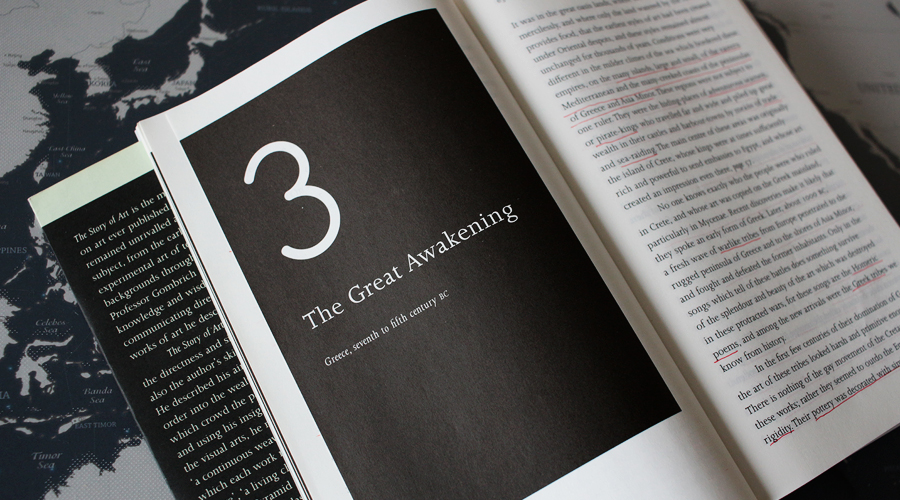
In some ways learning about Greek art was more exciting for me than learning about Egyptian art. I think this is mainly because I have had plenty of exposure to Egyptian art, but very little exposure to Greek art. One thing that immediately stood out to me in chapter 3 was how…
“there was no divine ruler over the Greeks who could or would have forced a whole people to slave for him (p. 65).”
…which was exactly what the Egyptians had done. It’s hard to say which would have been more difficult to build, the pyramids or the Parthenon. I suppose the winner would probably be the pyramids as they’re located in the middle of the desert and took that many slaves to construct. Still, I think the Parthenon is sort of this jaw dropping architectural masterpiece that befits the mythology it is closely tied to. I haven’t seen the Parthenon yet, but I hope to travel to Greece some day and see the ruins of Athens.
“they studied and imitated Egyptian models (p. 65)“
I’m not sure why I never thought of Egyptian art being an influence on Greek art but now having read this chapter and taking a closer look at the map, it seems almost natural that the Greeks would have been influenced by the Egyptians. After all, they’re just across the Mediterranean sea. Perhaps I hadn’t made the connection because when I think of Greek art I think about the marble statues and the Parthenon, which is stylistically different from Egyptian art. What surprised me was that…
“The sculptures in our museums are, for the most part, only secondhand copies made in Roman times for travelers and collectors as souvenirs, and as decorations for gardens or public baths… they are largely responsible for the widespread idea that Greek art was lifeless, cold and insipid, and that Greek statues had that chalky appearance and vacant look (p. 70)”
Somewhere along the line I had sort of bunched the Greek and Roman marble statues into one category in my mind. So I was stunned to learn that there is very little Greek art left in the world. I had known from my visit to the British Museum that the Greeks would have painted over the marble and that the color had worn off over time. Still, I don’t think I had fully grasped that this had applied to all Greek art in general because it’s hard to get the image of the marble statues out of your mind. So I was fascinated when I saw the close up of the Charioteer of Delphi. I think it’s amazing how the eyes can make that much of a difference and bring so much life to a statue. Did you know that the marble statues were Roman and that Greek statues were mainly made of bronze?




